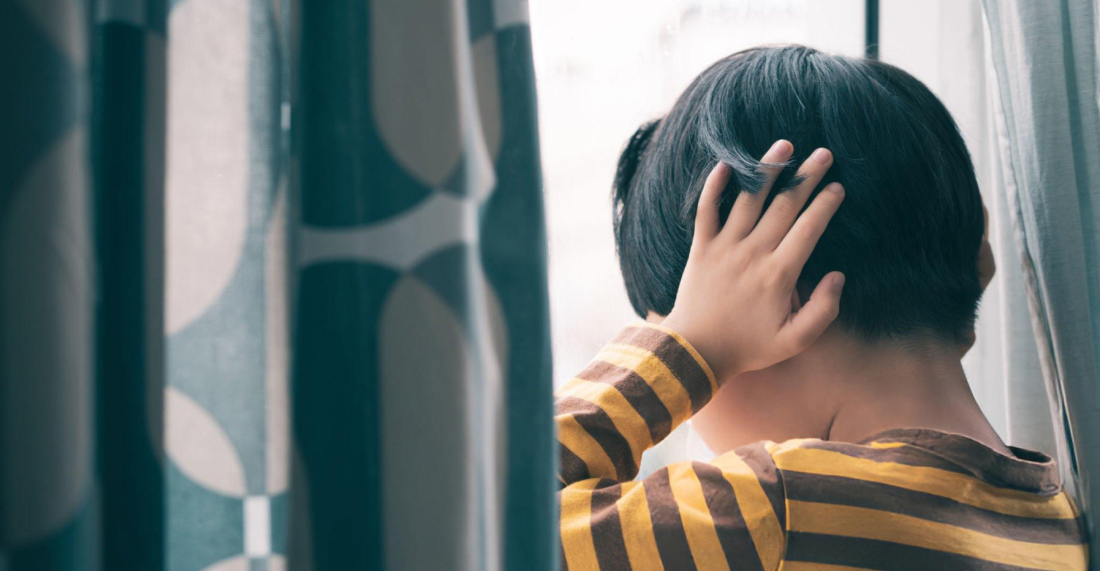

Childhood is often considered a time of innocence, joy, and learning, but for many, it is marked by painful experiences that leave lasting wounds. Childhood trauma, whether from neglect, abuse, loss, or exposure to distressing events, can shape a person’s emotional and psychological well-being well into adulthood. While these wounds may not be visible, they manifest in various ways, impacting relationships, self-esteem, and overall quality of life.
Let’s understand more in this article.
Childhood trauma refers to deeply distressing experiences that occur during the early years, affecting a child’s sense of safety, trust, and self-worth. These experiences can range from physical abuse and neglect to emotional manipulation and loss of loved ones. The severity and impact of trauma depend on various factors, including the child’s environment, resilience, and support system.
Childhood trauma is generally categorised into four major types:
Physically harming a child through actions such as hitting, slapping, or inflicting pain is a form of child abuse. Witnessing domestic violence can also have detrimental effects on a child’s well-being. Additionally, neglecting to provide necessary medical care for a child can result in serious harm.
Verbal insults, humiliation, or constant criticism can have a detrimental impact on an individual’s mental well-being. Emotional neglect, characterised by ignoring a child’s needs for affection and support, can lead to long-term emotional scars. Additionally, manipulation, gaslighting, and extreme control tactics can further exacerbate the harm caused by emotional abuse. It is crucial to recognise and address these forms of abuse in order to promote a healthy and supportive environment for all individuals.
Any form of contact or exposure that a child does not understand or consent to, grooming or coercion into inappropriate activities, and persistent sexualised behaviours imposed by adults are all examples of child sexual abuse. These actions can have devastating and long-lasting effects on a child’s physical, emotional, and psychological well-being. Adults need to be vigilant and proactive in protecting children from such harm, and take immediate action if they suspect any form of abuse.
Failure to provide basic needs such as food, shelter, clothing, and medical care, as well as a lack of emotional support or parental presence, can create unsafe home environments due to addiction, mental illness, or financial instability. Each of these traumas leaves a lasting impact on a child’s brain development, emotional well-being, and future interactions.
Trauma can manifest in different ways, often remaining unrecognised until adulthood. Some key childhood trauma symptoms include:

Unresolved childhood trauma significantly shapes adult behaviour, affecting relationships, careers, and overall well-being. Here are some ways trauma faced while growing up can manifest in adults:
Many people may not realise that the current struggles they experience during adulthood stem from past experiences. A childhood trauma test can help identify unresolved wounds and their impact on adult life.
This self-assessment is designed to help you reflect on your experiences and determine whether you may have been affected by childhood trauma. While this test is not a substitute for professional diagnosis, it can provide insight into whether you should explore further support or healing practices.
A childhood trauma test is a questionnaire that assesses past experiences and their effects on adulthood. It helps identify:
Many psychological tests, such as the Adverse Childhood Experiences (ACE) Test, are used by professionals to evaluate trauma. However, the following self-assessment can give you a general idea of how childhood trauma may be influencing your present life.
Answer the following questions honestly. Each “Yes” answer may indicate an area where past trauma has had an impact.
Healing from childhood trauma is a journey that requires patience, self-compassion, and support. Here’s how you can start the process:
Recognising that past experiences that shaped your emotions and behaviours are the first step toward healing. Avoiding or denying trauma only delays recovery.
Therapy is one of the most effective ways to address childhood trauma. Some useful therapeutic approaches include:
Replace unhealthy habits with positive practices such as:
Learning to say “no” and protecting your emotional well-being is important. Set boundaries in relationships, work, and social interactions to maintain mental health.
Connecting with people who understand and support your healing journey is essential. Whether it’s friends, family, or support groups, a strong support system makes a significant difference.

Childhood trauma is an invisible wound that can shape one’s entire life, but it doesn’t have to define the future. Understanding different aspects of childhood trauma in adults such as symptoms of childhood trauma in adulthood, and types of childhood trauma helps us recognise the impact it has on mental, emotional, and physical well-being.
With the right support, self-awareness, and healing practices, individuals can break free from the cycle of trauma and reclaim their lives. If you or someone you know is struggling with the effects of childhood trauma, seeking professional help and adopting healthy coping strategies can lead to a brighter, healthier future.
Remember, healing is possible, and every step taken toward recovery is a step toward freedom.
Childhood trauma refers to deeply distressing experiences-such as abuse, neglect, loss, or violence-that disrupt a child’s sense of safety and well-being, often impacting their emotional and psychological development.
The top five childhood traumas include physical abuse, emotional abuse, sexual abuse, neglect (emotional or physical), and exposure to domestic violence.
Childhood trauma in adulthood manifests as anxiety, depression, trust issues, relationship struggles, low self-esteem, emotional dysregulation, and self-sabotaging behaviours.
Healing childhood trauma involves therapy, self-awareness, inner child work, healthy coping mechanisms, setting boundaries, and building supportive relationships.
Sources:
Spread the love, follow us on our social media channels